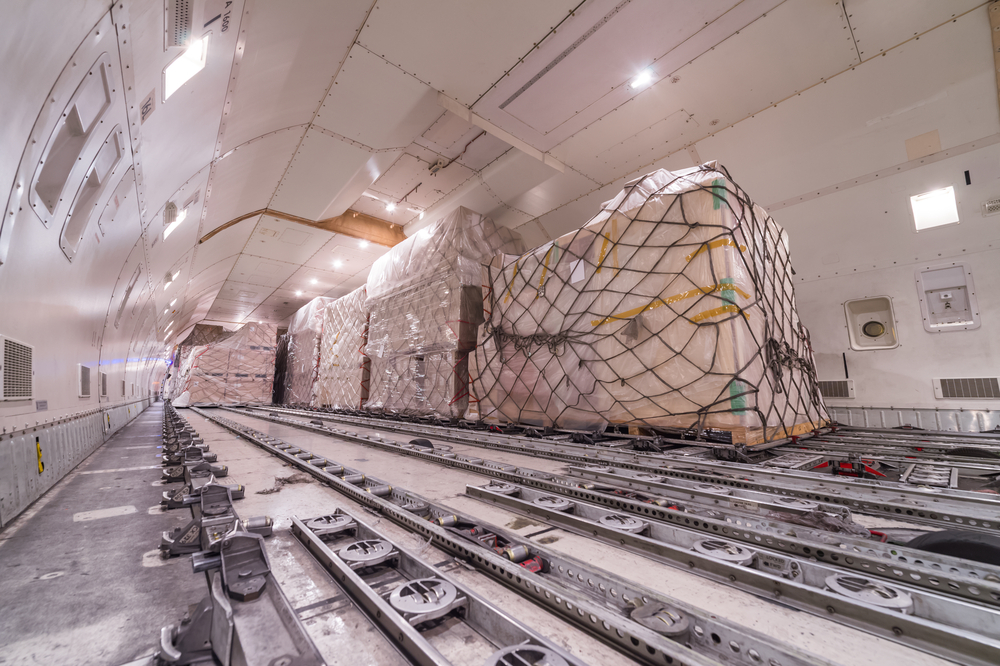Tommy Patrio Sorongan, CNBC Indonesia
Jakarta, CNBC Indonesia – Kelangkaan kontainer yang berimbas pada rantai pasokan global sepertinya akan semakin jadi. Pasalnya, negara eksportir terbesar dunia, China, hingga hari ini masih memberlakukan kebijakan karantina Covid-19 yang sangat ketat.
Mengutip laporan Bloomberg yang dimuat Strait Times, China baru saja memberlakukan aturan baru karantina wajib selama tujuh minggu untuk pelaut China yang kembali. Selain itu, negeri pimpinan Presiden Xi Jinping itu juga melarang perubahan awak untuk pelaut asing.
Hal ini menjadi keluhan pengusaha ekspedisi. Pasalnya itu sangat menyulitkan pergantian kru dan juga perjalanan kapal keluar masuk negara yang menyebabkan kontainer tertahan.
“Pembatasan China menyebabkan efek langsung,” kata Sekretaris Jenderal Kamar Perkapalan Internasional, Guy Platten, yang mewakili pemilik kapal dan operator.
“Setiap pembatasan operasi kapal memiliki dampak akumulatif pada rantai pasokan dan menyebabkan gangguan nyata.”
Krisis ini tak hanya dikeluhkan pengusaha ekspedisi namun juga berimbas kepada sektor lainnya. Hal ini dikarenakan keterlambatan dan juga penambahan biaya yang kebanyakan dibebankan kepada konsumen.
“Kami memiliki kapal yang mengalami demurrage (biaya keterlambatan) … kami memiliki contoh di mana kami harus menyimpang, baik sebelum kami menelepon China atau sesudahnya,” kata Ms Eman Abdalla, direktur operasi dan rantai pasokan global di Cargill.
“Ada beberapa kasus di mana penundaan terjadi dalam hitungan jam, tetapi ada juga kasus di mana penundaan bisa berlangsung hingga berhari-hari.”
Euronav, salah satu pemilik supertanker minyak terbesar di dunia, telah menghabiskan sekitar US$ 6 juta atau Rp 84 miliar untuk menangani gangguan terkait krisis pergantian awak. Termasuk untuk transit dan karantina serta tanggungan biaya perjalanan lainnya.
“Di masa lalu, cukup menyenangkan melakukan rotasi kru ketika kami berada di China,” kata CEO Euronav Hugo De Stoop. “Dan sekarang, pada dasarnya, itu tidak mungkin.”
Sebelumnya ‘kiamat’ kontainer terjadi karena distribusinya yang kurang merata. Pasalnya banyak negara yang mulai menggenjot produksinya namun di sisi lain ada juga beberapa negara yang belum bisa melakukan ekspor akibat langkah-langkah penguncian Covid-19.
Krisis ini kemudian diperparah dengan meningkatnya permintaan global. Terutama di negara-negara barat menjelang libur natal.



